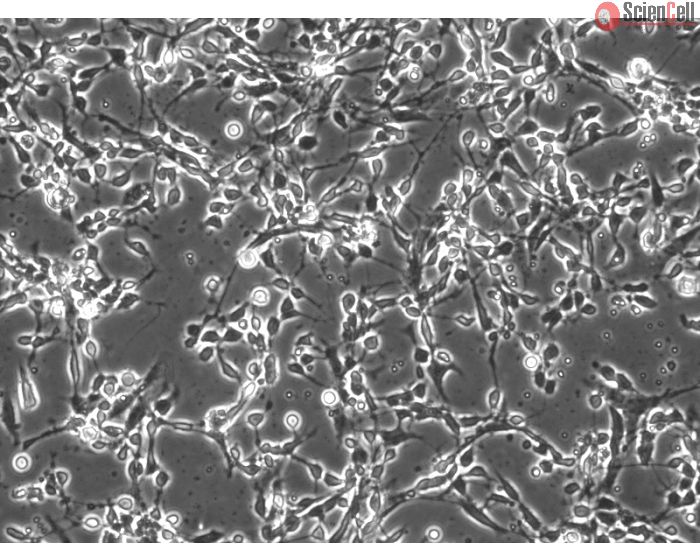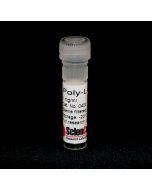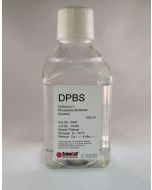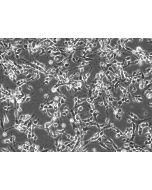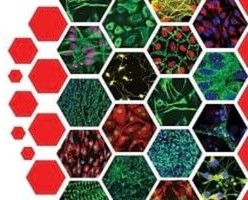Mouse Cerebellar Granule Cells from CD1
Catalog No.
M1530
Isolated from postnatal day 8 CD-1 mouse cerebellum. MCGC are cryopreserved at P0 and delivered frozen. Each vial contains >1 x 106 cells in 1 ml volume.
$497.00
In Stock
